
Q: What, according to you, are the skill gaps persist in the automotive industry still and how is ASDC addressing this?
Sanghi: Automotive manufacturers are currently facing several challenges. With increased pressure to meet customer demand for more personalised designs, they are tasked with creating a more flexible production environment, reducing engineering time and costs, and accelerating the market to remain competitive.
With massive technological transformations taking place across the sector, companies need to keep pace with the ever-evolving landscape to meet the ever-evolving demands of modern-day work.
Acquiring new skills is the key to sustain in this dynamic landscape. It is a continuous effort of both the institute and the corporation to fill the skill gap. Although there are programmes, they are not reflecting the change at the same pace as the change seen by the industry.
Companies today need people who can adapt and develop themselves to the changing technology. Whether automotive or otherwise manufacturers have recognised the importance of creating a workforce of intelligent problem solvers. In addition to these, more manufacturers are now focusing on hiring and training talents that can sustain advances in technology and drive investment. We at ASDC are doing a lot of training activities along with our teams of various zones, including holding webinars and launching various courses.
We are also continually training our team members and associates and dealers to do more reviews on the digital platforms or dealers to focus on digital retail; they were not getting used to it.
They preferred to be physically present, talking face to face, but now this lockdown has left no other option but to adopt the digital route.
Q: Customers are well informed now, and they finalise the model and variant even before reaching the showroom. In this scenario, what kind of skills needed for dealerships?
Sanghi: With ever-increasing ways to capture your customers’ attention across multiple channels, a partner specialising in the customer journey can be an invaluable asset to your business.
Considering the experience from the consumer’s perspective allows the dealer to compete with other, less traditional models.
Social distancing will bring dynamic change to the dealership business. No longer will customers feel comfortable walking into showrooms. Now, the reverse will happen, and OEMs and dealers will have to reach out to customers even more. And going digital will help them do just that.
Sales channels, dealers and OEMs per se will have to increase the transparency level dramatically. That’s because customers will now prefer to engage with them virtually, which in turn means there has to be digital.
Various experiences, like test drives of new cars, which has been a very popular method of selling a passenger vehicle, will be a much-less-used tool for sales. Likewise, a physical inspection of vehicles undergoing maintenance will take a backseat, and the OEM/dealer will have to convey images to customers about the work being done, either in real-time or in some other manner.

Q: Would the new trend catalyse unemployment further?
Sanghi: The pandemic has brought forth the concept of work from home to enable social distancing, which earlier would never have been thought to be possible for a vast majority of the jobs. You will need to train them (workforce) on how to use digital tools, and train the entire ecosystem to monitor the efficiency.
The need for top-notch cybersecurity is vital; one has to be absolutely sure that the data is secured and not misused. Data integrity needs to be 100 percent. Organisations will need to upskill existing staff to be digital and tech-savvy. All the while, the focus has to be on the data which is supposed to be the oil of the economy that is secured and owned by the owner, and not someone else.
Q: How do you match the curriculum with the ever-evolving customer needs and changing regulatory environment?
Sanghi: While the automotive industry may be facing some challenges, digital manufacturing and technological progress are enabling automotive engineers to deliver products to market faster than ever before.
This is easing the competitive pressure on car manufacturers, and going some way to fill the void left by the shortage of skilled engineers.
COVID-19 has introduced digitalisation as the key to the future. For organisations and the country, this means a huge opportunity to upskill and reskill our workforce using digital tools. This will not only help the country stabilise manufacturing activities, but will also help to improve the standard of living, that well allows for economic growth.
Q: What are the challenges you face with emerging technology trends like electrified, automated, shared technology as each of these elements needs specialised training supported by adequate infrastructure?
Sanghi: A big change happening because of digitalisation and COVID-19 has just helped increase the focus. The current lockdown has brought the focus on skilling and digitalisation into sharp focus. Smart industrialisation is here to say; one can look at their people’s daily lives, particularly in urban and some parts of rural India, to experience that they are now more reliant on digital tools than they were in pre-COVID-19 days.
While skills shortage is an issue far wider than the automotive industry, reasons can be identified why this sector has a lack of skilled workers. For the manufacturing sector, it means moving from labour-intensive methodologies to automation. COVID has accelerated the growth of the cyber-physical world. India should marry men with the machine to enhance productivity. Highly skewed income distribution and a lack of respect for labour remain a big concern. Lack of respect leads to lower productivity and efficiency, which serve to robs India of a competitive edge.
Q: The technological changes that are coming off late are mostly the result of either legislation or regulation. In this scenario, how do you see ASDC transform in the future?
Sanghi: Demand-driven skilling has been the focus of every industry. At ASDC, we’ve conceptualised the digital platform in such a way that it provides all the information together, at one place. For example, the availability of jobs in a sub-sector, what is the prediction for upcoming job roles and what are the skills in demand. It will provide links to all our partners wherein they can share their projections and find the right candidates.
There have been many modifications to the apprenticeship programmes, and these are rightly intended in making it inclusive. We are happy with the Government making these phenomenal improvements, and we hope the industry members engage more apprentices. For the automotive sector, ASDC is the delivery partner for apprenticeships. We also see a lot of enthusiasm from component manufacturers and dealers to explore apprenticeship as an option to get a skilled workforce.
Q: Today, almost all vehicles, including trucks, are connected in one way or the other. What are the new challenges that emerge out of these connected vehicles? What is the solution from ASDC?
Sanghi: The automotive industry is converging with the information and communication technology (ICT) industry at a rapidly increasing rate. Technology is reshaping the global automotive sector. In the future, cars will become computers on wheels as tech players’ move into the automotive sector to leverage their existing capabilities.
When we are talking about the challenges, it can be the difference in lifecycles in the automotive and the mobile industry is a serious challenge for the future of connected cars. New features, such as operating system upgrades and new applications, are provided almost constantly for the smartphone, whereas car manufacturers work on five-year cycles. The advent of connected cars will dramatically change the dealership model as a whole. Salespeople must plan to spend an hour or more teaching customers how to use their car’s advanced technology.
Also, issues such as privacy, security, the cost of deploying a system, data ownership, driver distraction, and equity must be taken into consideration in the technology of connected vehicles/cars.
 Q: How is ASDC preparing itself to support the maintenance and repair of electric vehicles?
Q: How is ASDC preparing itself to support the maintenance and repair of electric vehicles?
Sanghi: Complex maintenance is one of the most common concerns that affect electric vehicle (EV) adoption. In reality, however, the intervals between each service in an EV are almost the same as for regular vehicles, and those services are usually less complicated. Traditional vehicles have hundreds of mechanical and moving parts, whereas an EV contains far fewer. Parts of an EV are generally easy to replace and don’t wear out as quickly.
The only major “potential” expense in EV maintenance is replacing the battery. As the vehicle reaches 100,000 miles, it may have lost up to 20% of its range.
Some batteries are designed to replace modules in contrast to the whole battery, but it depends on the way the car is made. Although it may take significantly less time to perform a service on an EV, there are other differences in the service process that can affect an OEM’s aftersales business.
We at ASDC have upgraded our training systems to look after the present modes of maintenance.
The way forward is our entire training programme is under review by industry partners. We have expert groups in R&D, manufacturing; they are in the process of reviewing all our occupational standards and upgrading them, not only for the present but also for the future.
Q: What is your view on data storing wirelessly that may affect multi-brand third-party service centres; how do you see ASDC playing a role in this?
Sanghi: Wireless connectivity for the vehicle may pose serious cybersecurity threats to a moving vehicle.
However, the issue of multi-brand third-party service centres, including service aggregator platforms, are here to stay.
ASDC in partnership with some of the industry partners is keen on providing Recognition of Prior Learning (RPL) for existing manpower as well as upskilling training of existing workers through blended digital learning modules for new technologies linked to new norms like BS-VI standards of emission, etc.
Q: What is ASDC’s work on conserving resources like use of remanufactured parts?
Sanghi: All stakeholders, including the current Government, have felt the need for a well-balanced vehicle scrappage policy; we expect to see its roll-out soon. This can boost a lot in refurbished and remanufactured parts. It opens a new sub-domain, generating employment and entrepreneurship opportunities. Once the policy contours are known, the training qualifications and standards will be worked upon by ASDC.
Q: What are the new courses ASDC is planning to conduct in the near future?
Sanghi: ASDC has started work on new job roles in the areas of Industry 4.0 for manufacturing and maintenance areas and the entire domain of electric vehicles. We are modifying some of the existing job roles to update the new technological changes and disruptions that have taken place in this industry. (MT)
- Hagerty UK
- Vehicle Excise Duty Exemption
- VED Exemption
- Historic & Classic Vehicles Alliance
- Classic Cars
UK Chancellor Maintains Vehicle Excise Duty Exemption For Classic Cars
- By MT Bureau
- November 27, 2025
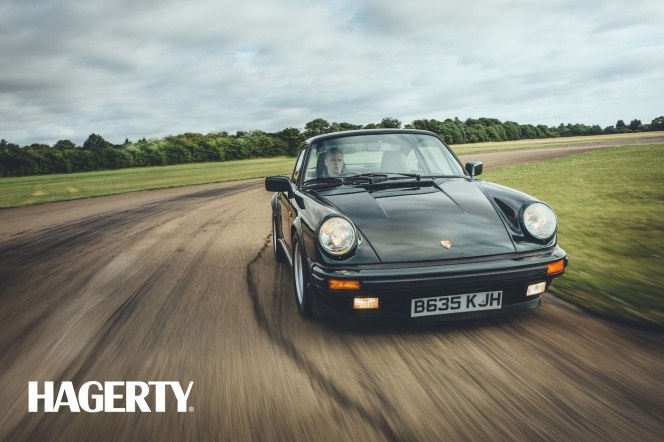
The UK's cherished classic car community can finally breathe a collective sigh of relief. The decisive action by Chancellor Rachel Reeves in the Autumn Budget to maintain the Vehicle Excise Duty (VED) exemption for vehicles over 40 years old has ended a prolonged period of uncertainty, securing a stable future for this vital sector. Mark Roper, Managing Director of Hagerty UK, welcomed this clarity, noting that the confirmed freeze on fuel duty further solidifies a supportive environment for owners. He underscores that this is a significant win for the GBP-7.3-billion industry that supports over 100,000 jobs and contributes GBP 3 billion annually to the UK economy, all while championing an inherently sustainable form of motoring.
This perspective on sustainability is reinforced by Dale Keller, CEO of the Historic & Classic Vehicles Alliance (HCVA), who affirms that the tax exemption logically aligns with environmental objectives. Classic vehicles, preserved as moving heritage, have a negligible lifecycle carbon footprint compared to new manufacturing and are driven infrequently. The original principle of the exemption remains valid, as applying a modern tax to these rarely used assets would be inequitable.
Alongside the VED news, the Chancellor confirmed the continuation of the MOT exemption for classic cars, though this will remain under review. On this point, Roper of Hagerty UK strikes a note of caution, observing that many within the industry advocate for an annual roadworthiness check. He notes that a great number of responsible classic owners voluntarily submit their vehicles for an MOT each year, valuing the independent assurance of safety and mechanical integrity it provides.
For Hagerty UK, as a specialist insurer deeply embedded in this world, the government’s affirmation is a powerful endorsement of the sector's cultural and economic value. Through its vibrant Clubhouse at Bicester Heritage and unique events like RADwood, Hagerty is actively fostering this passionate community. Similarly, the HCVA continues its mission to protect and promote the diverse ecosystem of specialists, restorers and businesses that form the backbone of this multi-billion-pound industry, ensuring its legacy for generations to come.
Mahindra Racing Extends Formula E Involvement With GEN4 Manufacturer Commitment
- By MT Bureau
- November 26, 2025

Mahindra Racing has solidified its long-term future in electric motorsport by confirming its manufacturer commitment to the GEN4 era of the ABB FIA Formula E World Championship, starting in 2026/27. This announcement, made during the unveiling of its new M12Electro race car in India, extends a relationship that began in 2013 when Mahindra stood as both a founding team and the first OEM to join the all-electric series.
The team's current trajectory underscores the significance of this pledge. Following a dramatic 18-month transformation under CEO and Team Principal Frederic Bertrand, Mahindra Racing has evolved from a backmarker into a consistent front-runner. This resurgence was powered by the redesigned M11Electro, in which drivers Nyck de Vries and Edoardo Mortara collectively secured five podium finishes in Season 11, catapulting the squad to a stellar fourth place in the world championship. The newly launched M12Electro is the intended vehicle to maintain this status as a top-five contender and a regular threat for podium positions in the forthcoming season.
The technical landscape for GEN4 promises to further electrify the sport. The next-generation cars will boast a peak race power of 450 kw, with a potent 600 kw available in ATTACK MODE to empower aggressive overtaking. Enhanced strategic possibilities will come from a race energy capacity of up to 55 kWh and a remarkable 700 kw of regenerative braking. In a continued commitment to sustainability, the GEN4 chassis will be produced from 100 percent recyclable materials and will feature two distinct aerodynamic configurations – high-downforce for qualifying and low-downforce for races – to optimise performance.
Mahindra's ambition is to leverage this new regulatory chapter to build on its renewed momentum, chase incremental gains and establish itself as a confirmed championship contender against elite manufacturers like Porsche and Jaguar. This competitive platform also serves a broader purpose, aligning with the Mahindra Group’s sustainability initiatives. The team, the first in Formula E to earn the FIA’s Three-Star Sustainability Accreditation, has embarked on its ‘Planet Positive’ programme. This initiative is dedicated to driving positive impact in communities and economies, accelerating climate solutions and using the intersection of sport and technology as a catalyst for a better future.
R Velusamy, Chairman, Mahindra Racing, said, "Mahindra Racing has always been a symbol of our commitment to the Race to Road journey – where cutting-edge innovation on the track directly shapes the clean, intelligent and high-performance mobility solutions we deliver to customers. Formula E is a powerful platform for innovating new technology, giving us the ability to experiment, learn and advance electric powertrain efficiency, sustainable materials and software intelligence. As we step into the GEN4 era, our ambition only grows stronger. Continuing this journey till 2030 is a testament to our belief in the sport, in electrification and in India’s role in leading global sustainable mobility. We are proud to champion this future, and GEN4 represents an exciting new chapter for Mahindra Racing and the Mahindra Group.”
Frederic Bertrand, Team Principal, Mahindra Racing, said, “I’m delighted to share this announcement that Mahindra Racing will remain in Formula E as a manufacturer for the GEN4 era. As a team, we have been on a fantastic journey over the past two seasons. What we have built and achieved as a group has been exceptional, and with this announcement, we now have the platform to keep growing and developing and achieve even greater success in the future. None of this would be possible without our colleagues across the Mahindra Group. They have bought into the project and the vision, and we will keep working hard to not only make India proud but also showcase exactly why it has the potential to be a major player on the world stage in the automotive and technology industries. Their enthusiasm to ‘Scream Electric’ is hugely inspiring to the whole team, and we will continue to represent them with pride in this next exciting chapter of our Formula E story in the coming years.”
Jeff Dodds, CEO, Formula E, said, “We’re thrilled to confirm Mahindra’s long-term commitment to the GEN4 era of the ABB FIA Formula E World Championship. As one of our founding teams, Mahindra has been with us since the very beginning, consistently championing electric racing and innovation. Their bold vision for sustainable mobility and continued investment in advanced EV technology perfectly align with Formula E’s mission. Mahindra’s enduring presence not only strengthens our position in a key market but also reinforces Formula E’s role as a global platform for driving positive change. We’re excited to see what they’ll achieve in this next chapter of performance and progress.”
Marek Nawarecki, Senior Circuit Sport Director, FIA, said, “Following the GEN4 reveal and the really positive sentiment reported, we are pleased to announce Mahindra as the sixth manufacturer to commit to Formula E’s GEN4 era. This is testament to the relevance of the road map we are implementing in Formula E for OEMs. GEN4 underscores just how far the ABB FIA Formula E World Championship has come since 2014 and we are looking forward to continuing this journey with Mahindra as one of the founding teams and partners.”
Mahindra Charts Aggressive Decade Of Growth Across Auto, Farm, CV And Last-Mile Mobility Businesses
- By MT Bureau
- November 21, 2025
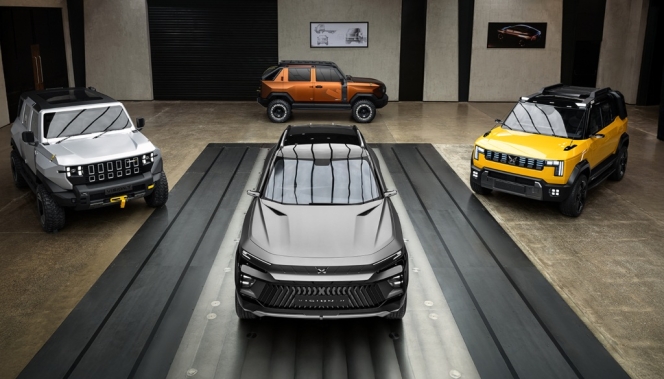
Mumbai-headquartered conglomerate Mahindra Group has unveiled an ambitious long-term roadmap across its core mobility and equipment businesses, detailing plans for accelerated growth in the automotive, farm equipment, commercial vehicle and last-mile mobility segments.
The strategy, presented at its Investor Day 2025, underscores the Group’s intent to leverage India’s expanding economy while deepening global market participation.
Mahindra expects its consolidated automotive business to grow 8x between FY2020 and FY2030, driven primarily by a stronger push in sports utility vehicles (SUVs) and light commercial vehicles (LCVs).
The company aims to become the world’s fastest-growing SUV brand. Its product strategy is rooted in new-age platforms such as INGLO and NU_IQ, enhanced digital architecture under MAIA and Adrenox, and continued investment in safety and performance.
At present, Mahindra holds more than 26 percent revenue share in India’s SUV segment as of the first half of FY2026. Strong consumer traction for models including the Thar, XUV700, XUV3XO and the Born Electric (BE) series is expected to support the company’s international expansion to right-hand-drive and left-hand-drive markets across Europe, Australia, Africa and other regions.
Strengthening leadership in LCV segment
The LCV business, where Mahindra commands 54.1 percent volume share in vehicles under 3.5 tonnes (as of H1 FY2026), is set to be another pillar of growth. The product range has broadened through the Supro, MaXX and Veero platforms, including CNG and electric variants. The company is also preparing for wider adoption of lifestyle pickups, led by the upcoming Global Pik Up.
Mahindra’s LCV strategy emphasises best-in-class total cost of ownership, reduced downtime, enhanced comfort and technology integration, with the segment also targeted for eightfold revenue growth during the decade.
Farm business
Mahindra, the world’s largest tractor manufacturer by volume, has outlined plans for threefold revenue growth in its farm equipment division between FY2020 and FY2030.
The Indian tractor market has continued to shift towards higher horsepower models, particularly in the 40–50 HP range. Mahindra aims to consolidate share in this segment through newer platforms including Yuvo Tech+, Swaraj Protek and Next-Gen ranges. Improvements in crop profitability and a more favourable price environment for tractors are expected to support industry expansion.
Mechanisation levels in India remain uneven, with significant headroom in sowing, crop care and harvesting equipment. Mahindra is expanding its farm machinery portfolio while leveraging its extensive dealer network and manufacturing footprint. The division, already a business exceeding INR 10 billion, is poised for rapid scaling.
Mahindra continues to build presence in key global markets:
- Brazil: 8 percent share in the sub-120 HP category, and about 20 percent in sub-50 HP
- North America: more than 10 percent share in sub-20 HP; upcoming launches to deepen penetration
- ASEAN: early progress with about 4 percent share in pilot territories
Electrification, autonomy, precision agriculture and pay-per-use technology services form the next frontier for Mahindra’s farm business.
Targeting Top-Three Position in ILCVs
Following the acquisition of SML Isuzu, Mahindra is advancing a strategy to be among the top-three player in India’s intermediate and light commercial vehicle (ILCV) market. The domestic CV industry is projected to grow from approximately INR 15,000 billion in FY2025 to nearly INR 20,000 billion by FY2031, supported by infrastructure development, logistics modernisation and GST-driven reforms.
Mahindra aims to expand its presence in ILCVs, while pursuing a selective play in the heavy commercial vehicle category. The strategy benefits from combined advantages across product development, sourcing, aggregates, telematics and network coverage. The company expects up to sixfold revenue growth in its CV business during the decade.
Last-Mile Mobility
Mahindra Last Mile Mobility (MLM) is shaping an aggressive electrification-led growth plan, targeting sixfold revenue expansion and a cumulative one million electric vehicles on the road by 2031. EV sales climbed to 78,678 units in FY2025, led by the Treo series, which remains India’s top-selling electric three-wheeler.
The division has:
- Strengthened its engineering capabilities with a 400-member product development team
- Commissioned a new state-of-the-art manufacturing plant in Telangana
- Expanded production capacity two-fold
- Developed proprietary battery, motor and telematics systems
The product roadmap includes advanced electric three-wheelers and electric four-wheelers tailored for last-mile applications, along with plans to expand exports to more than ten markets. Mahindra’s EV fleet has cumulatively saved over 300 million litres of fuel and prevented more than 185 kilo tonnes of carbon dioxide emissions.
Across all mobility segments, Mahindra’s plan is anchored in product leadership, technology integration, capital discipline and global expansion. A stronger focus on electrification, platform consolidation, digital interfaces, manufacturing efficiency and customer-centric service models is expected to underpin the Group’s growth trajectory.
- Murugappa Group
- Arunachalam Vellayan
- Coromandel International
- EID Parry
- EXIM Bank
- Kanoria Chemicals & Industries
- Indian Overseas Bank
Murugappa Group’s Former Chairman Arunachalam Vellayan Passes Away At 72
- By MT Bureau
- November 18, 2025
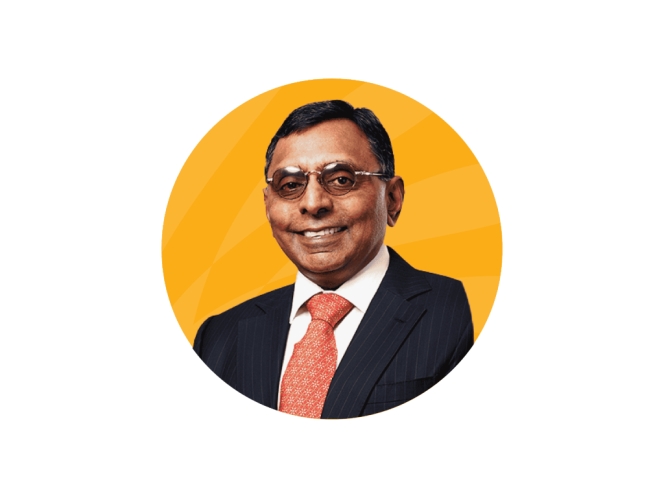
Chennai-based conglomerate Murugappa Group has announced the passing of Arunachalam Vellayan (1953–2025) following an illness.
Vellayan was the Chairman Emeritus of Coromandel International and the Former Chairman of the Murugappa Group. He is survived by his wife, Lalitha Vellayan, his sons, Arun Vellayan and Narayanan Vellayan, and his grandchildren.
The Former Chairman dedicated several decades to the Group, providing strategic direction across its businesses. His approach to value creation helped strengthen and expand the Group, contributing to its reputation as a respected conglomerate.
He served on the Boards of various Murugappa Group companies, including as Chairman of Coromandel International and EID Parry.
Outside the Group, he served on the Boards of entities such as Kanoria Chemicals & Industries, EXIM Bank and Indian Overseas Bank.


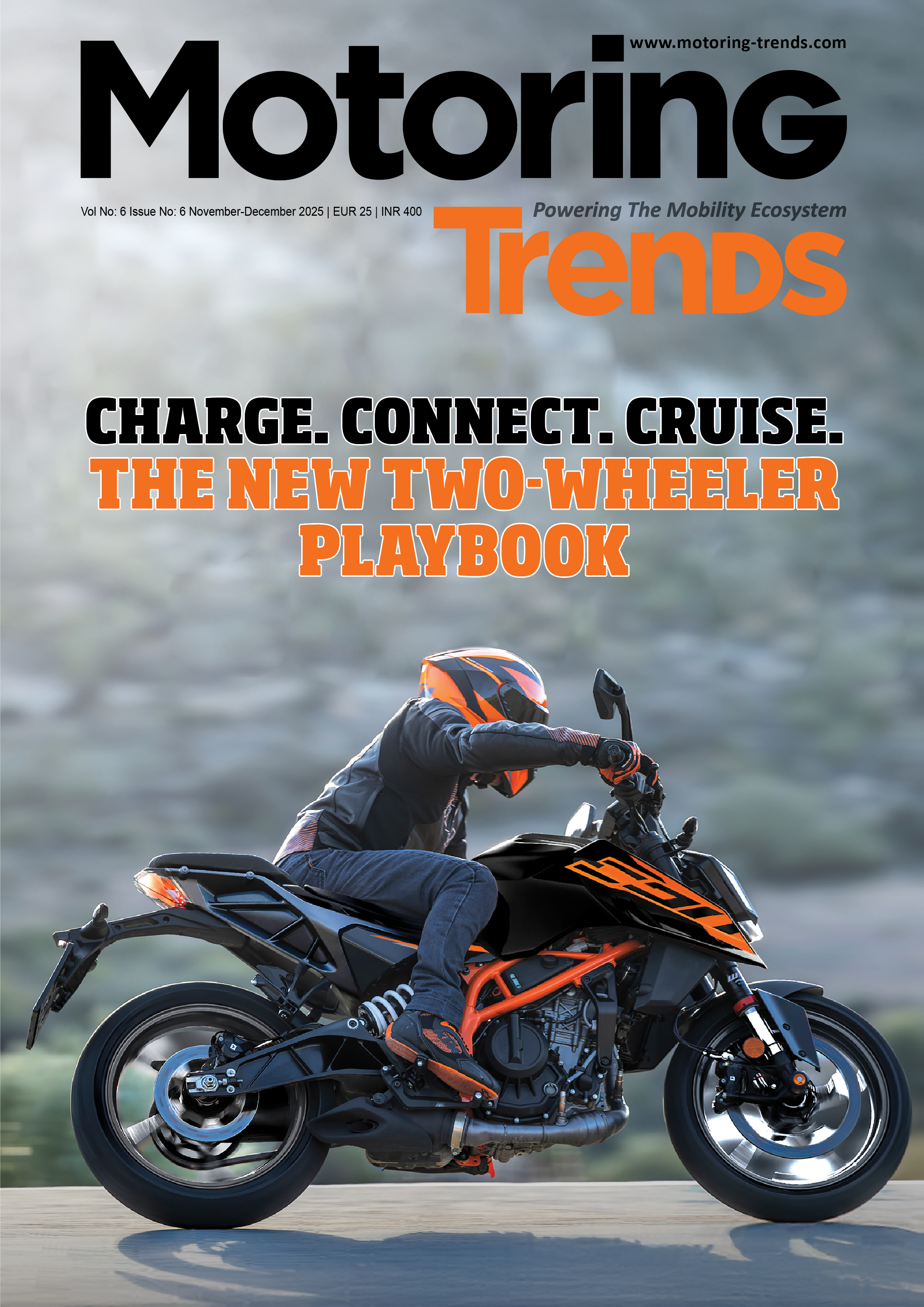
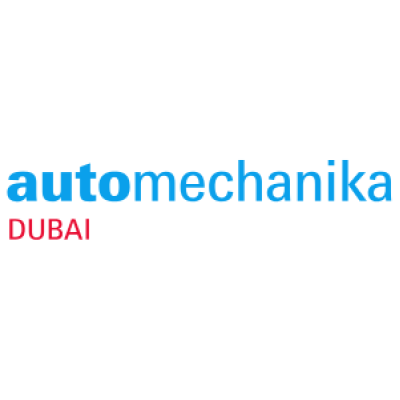


Comments (0)
ADD COMMENT